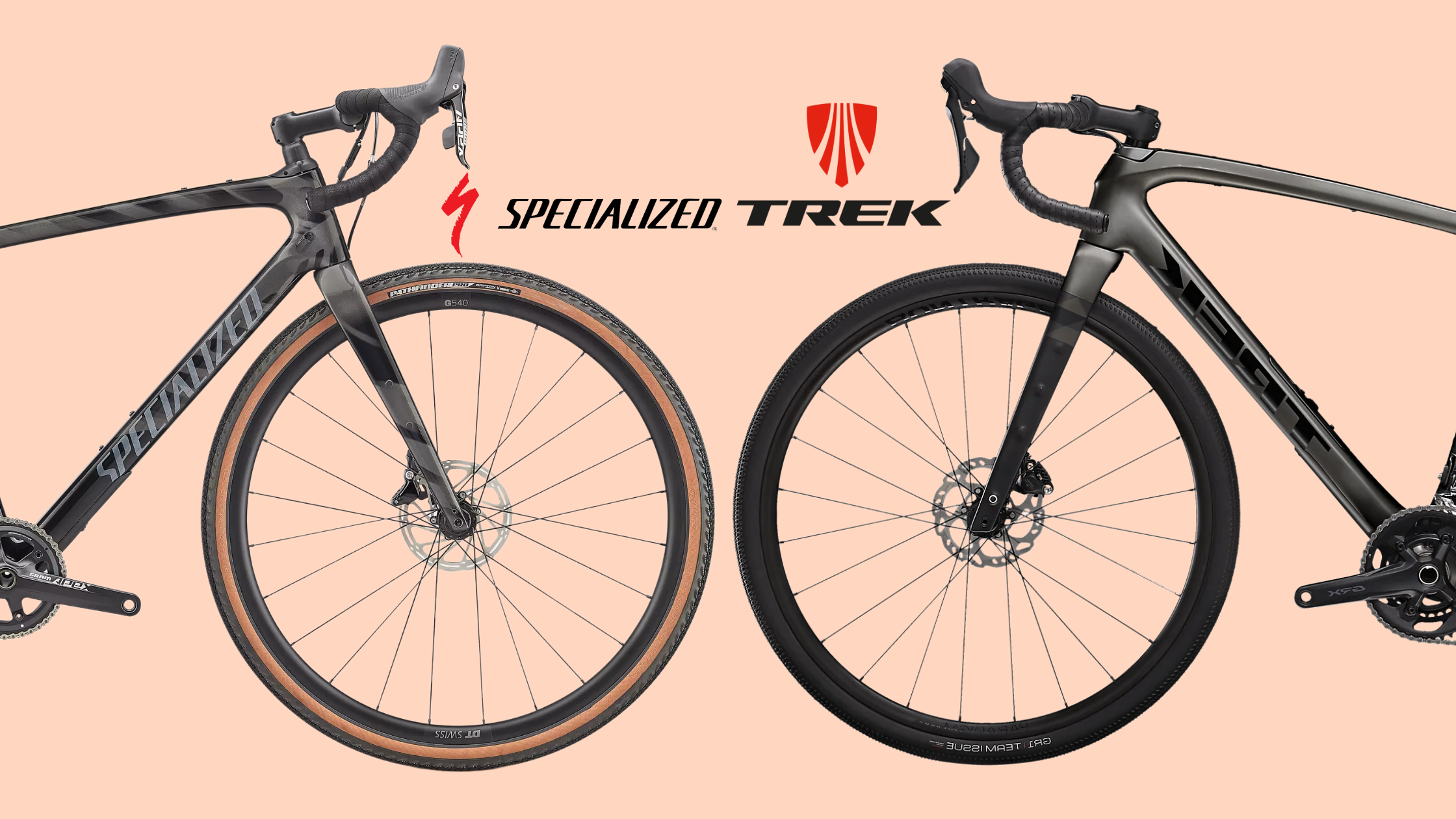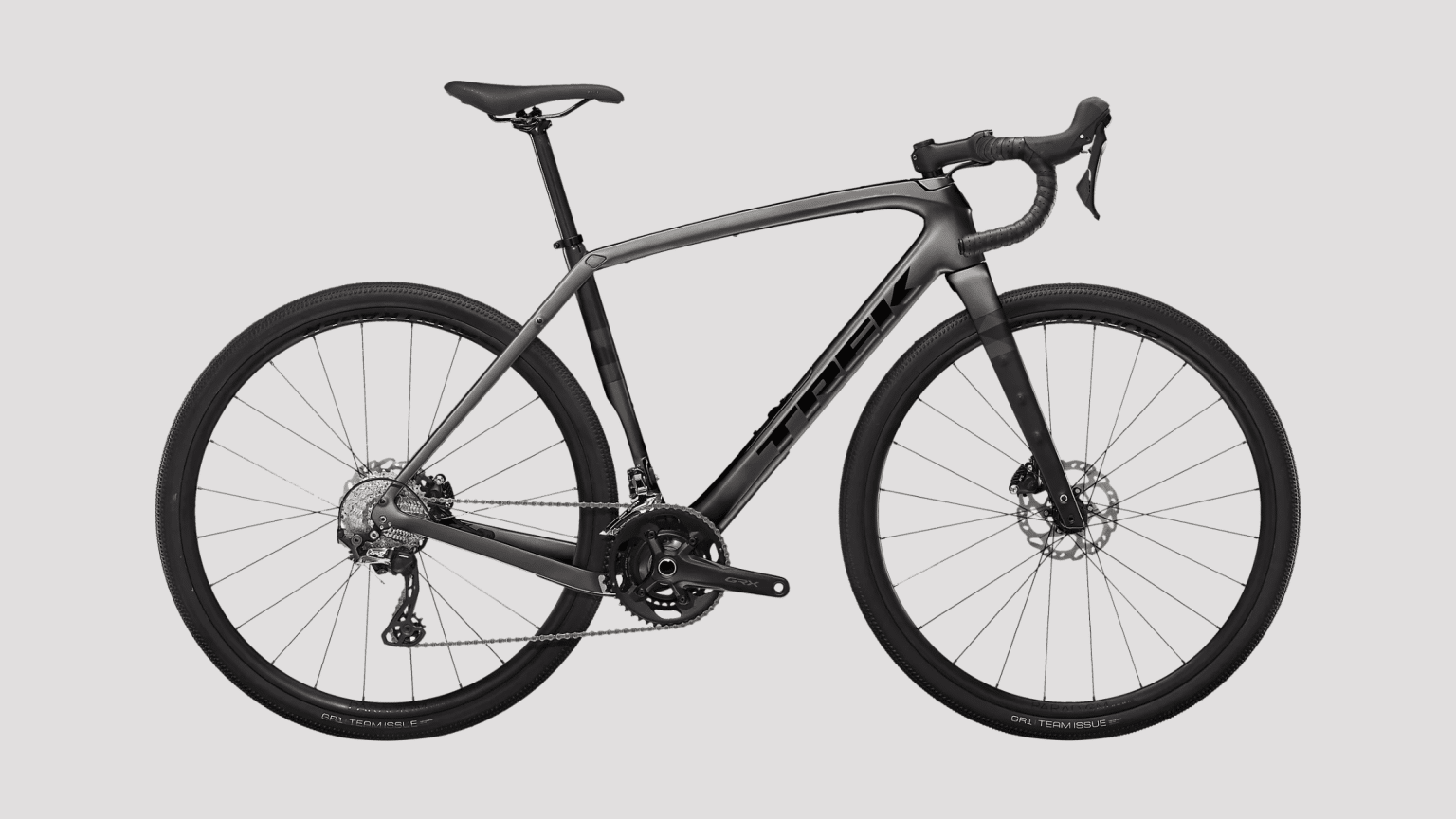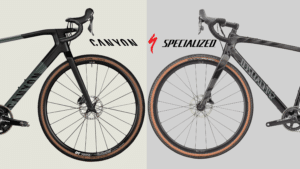The big brand gravel bike battle! Trek vs Specialized! The big kids on the block who have been around forever. Which gravel bike is best? We are going to compare these two iconic gravel bikes side by side and see what the difference is between each.
Just quick…..
How travel ruined my life!
There’s a profound revelation I’ve stumbled upon in my lifelong romance with travel, one that’s pushed me to question if this love has a darker side.
In my latest video, I take you on a personal journey, sharing an unexpected struggle I’m experiencing – the tug of war between an insatiable wanderlust and an imposed static existence.
In this raw and unscripted narrative, I walk you through my inner battles – the constant wrestling between routine and adventure, the strange ‘travel blues’ that seem to descend when I’m not constantly on the move.
Is there a downside to the exploratory freedom we often laud? Could this relentless pursuit of the new and the unknown have unintended consequences?
I invite you to join me in this introspective journey as we navigate these perplexing questions together.
Are you ready? Click here to watch the video now. Let’s traverse this uncharted territory together.
Let’s get back to comparing these bikes!
Introducing the Trek Checkpoint
The Trek Checkpoint seems to be one of the most popular gravel bikes on the market. So that means they are a great carbon gravel bike option, right?
The main feature of the Checkpoint is the lightweight OCLV Carbon frame with IsoSpeed, a decoupler at the top tube/seat tube junction that provides additional compliance over rough terrain so you can stay stronger for longer. A carbon gravel bike made for epic all-road adventures.
The Checkpoint is the best all-rounder out of the two. More adventure-focused than the Grail, it’s still fast, but more importantly comfortable and smooth, and its versatile design ensures that you’ll reach all the places you dream of exploring on two wheels.
But the same could be said for the Specialized Diverge.
Introducing the Specialized Diverge
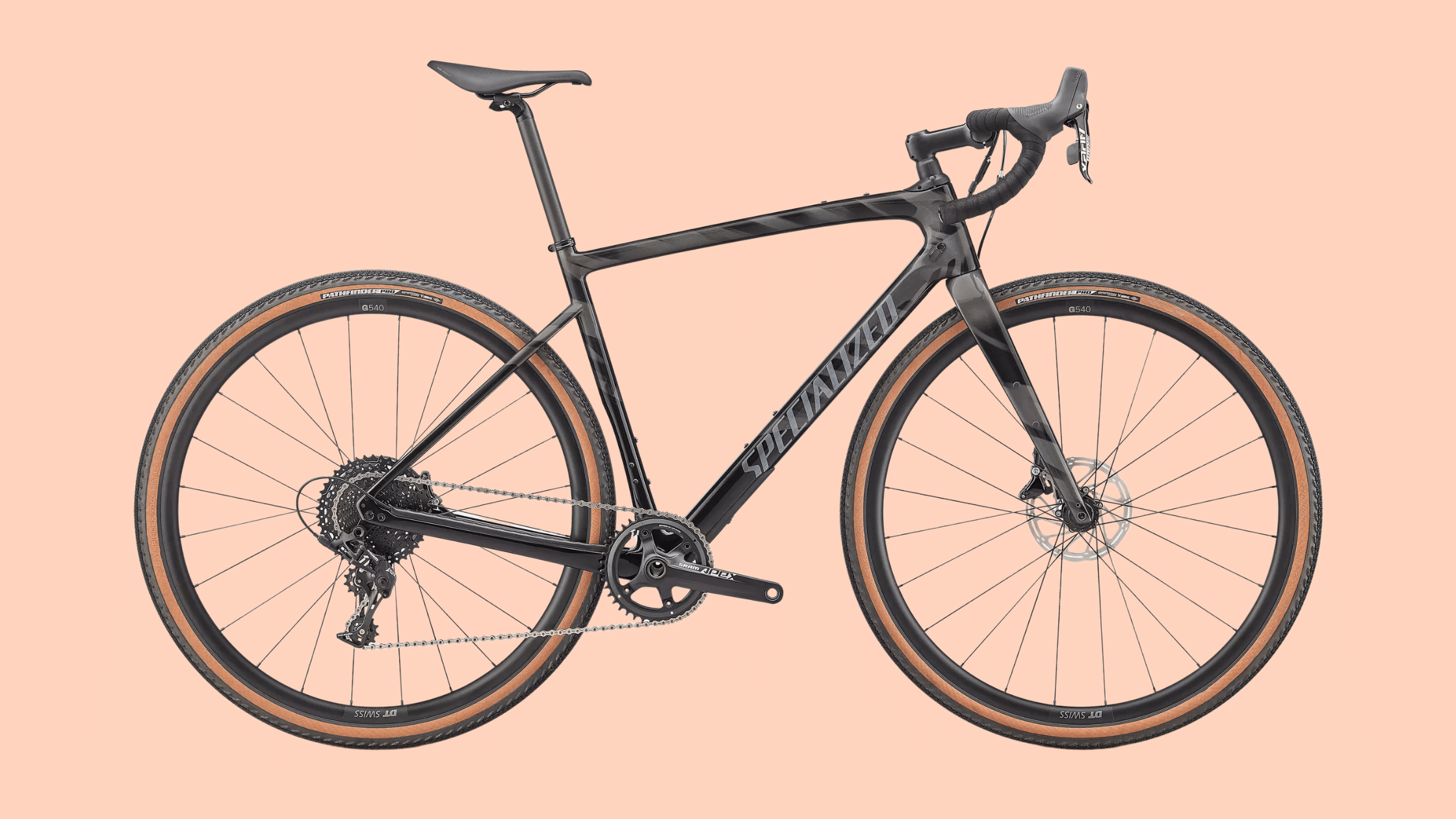
The Specialized Diverge has to be one of the most popular gravel bikes on the market. And same is true with the Trek Checkpoint
However, the Diverge comes in a plethora of build options. Available in their standard Diverge, models, STR (which features their special suspension technology), and the Diverge flat bar, as the Checkpoint doesn’t offer a flat bar gravel bike. Which is a popular choice for those looking for a commuter/gravel bike!
This comparison gets interesting when we compare two bikes like these which both have progressive gravel geometry and overall design. So it’s going to be super interesting to jump into the details of each bike with you to figure out which is better for you.
Price – Diverge Vs Checkpoint
When it comes to price the Diverge has a plethora of options ranging from $1,100 to $14,000. While the Checkpoint ranges from $3,499 to $12,249. But what really is the difference and which one is best for you and your riding goals?
There are so many different models to choose from for each bike. For this article, we have taken their mid-range (best bang for buck option as a main comparison. Instead of comparing all models together.)
But when taking a look at these two, mid to high-end range models. There is a slight difference when it comes to price. The Trek Checkpoint SL 5 at $3,399.99 while the closest option in price that Specialized offer is the Diverge Sport Carbon at $3,500.
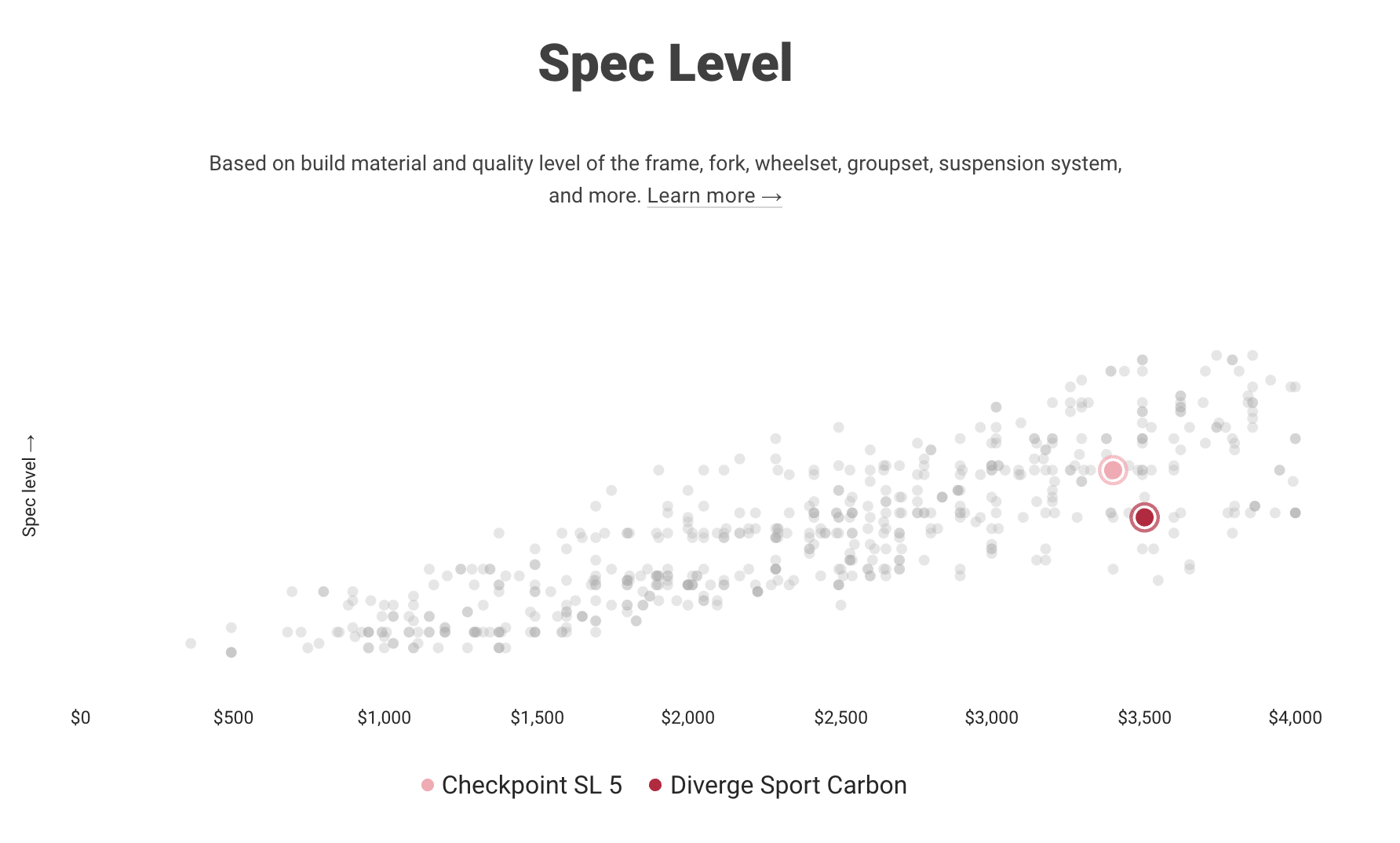
Taking a look at both bikes’ spec levels we can see that the Trek has the best bang for buck when it comes to offering the best quality components for the amount of money. The Trek Checkpoint is about $100 more affordable and you get GRX 800, GRX 600 compared to the Diverge’s Apex setup. And on top of this, the Trek offers much better clearance. So based solely on this information I would already opt for the trek Checkpoint. But let’s dive a little deeper.
Weight – Diverge Vs Checkpoint
The Specialized Diverge weighs 21 lbs and 5 oz / 9.67 kg while the Trek Checkpoint weighs around 21.4 lbs / 9.71 kg. All different build options and models weigh differently. But from the numbers above we can see the Diverge is ever so slightly lighter. And it’s really not by much at all.
Tire Clearance – Diverge Vs Checkpoint
When it comes to tire clearance the Checkpoint fits 45mm x 700c or 2.1″ (which is approx 53 mm) x 650b wheels. While the Diverge fits 47mm x 700c and 2.1” x 650b. Both bikes again show similarities again and again.
The Diverge comes stock with Pathfinder Pro 2BR Tan sidewall 700 x 42 mm tires. While the Trek comes with Bontrager GR1 Team Issue 700c x 40 mm tires.
Gearing – Diverge Vs Checkpoint
This is where these bikes differ. I tried searching to see if Specialized offer a 2×11 bike option for around the $3,500 price but unfortunately, I couldn’t find anything. Which really affects the outcome of the bike’s performance in this specific comparison.

As you can clearly see from the graph above the Trek Checkpoint is so much more superior when it comes to climbing and descending.
The Trek Checkpoint has 24.32″ climbing gear while the Specialized Diverge has 26.41″. Both bikes aren’t ideal if you are looking for climbing gear best suited for bikepacking. As you ideally want something that is around 18″ to 20″. However, the Checkpoint is okay. Especially if you plan to ride fast and flat bike adventures.
Then we have the largest gear which is measured for riding fast downhill or on the flats. The gear inches for the Checkpoint comes out to 115.53″ vs the Diverge 101.17″. As you again can see the Checkpoint is so much more superior for the largest gear applications.
A lot of the higher-end Diverge models only seem to be available in 1x setups which offer better-gearing inches to more money you spend. However, the $2000 Specialized Diverge Elite E5 comes in a 2 x 10 setup which has a 22.81″ climbing gear and 114.87″ largest gear.
If you want a bike with better climbing gear this might be your best bet. However, this bike comes in an alloy frame with a carbon fork. And a lower spec quality rating.
Geometry – Diverge Vs Checkpoint

Geometry can play a big part in the difference between how a bike rides and feels. It is definitely something to consider when buying a bike. Okay, the moment I have been waiting for! So far these bikes have been rather similar in many ways. Here is where if there are any differences we can figure out which bike is better suited for you. All the measurements below are in mm and are for both medium-sized bikes.
Want to learn more about understanding bike geometry? Read this article which goes through all the jargon and what it means for a comfortable ride!
The main geometry specs that can paint the picture of the type of bike we are looking at are; stack/reach ratio, trail, chainstay, and wheelbase.
Firstly the stack/reach ratio for the Checkpoint 1.45 vs the Diverge 1.56, suggests that the Diverge is a more upright bike and the Checkpoint is slightly more aggressive.
Meaning that the Diverge would be in theory a more comfortable bike to ride on bikepacking trips and for longer amounts of time in the saddle. While the Checkpoint would be better for performance-based riding where comfort isn’t as important and riding fast is the main priority. (Although this number is much more aggressive on some of the fastest gravel bikes.)
Chainstay is 10 mm longer on the Checkpoint. With measurements of 435 mm puts the Checkpoints chainstay right in that mid-range for a gravel bike, Which is where most all-rounder gravel bikes sit. While the Diverge measures 425 mm this means it’s rather short making it feel quick in the rear. Compared to a more balanced feel of the Checkpoint.
Specifically, if you want to run panniers the Checkpoint is your best bet this longer chainstay offers a more comfortable clearance from your feet and legs when pedaling.
But that longer chainstay and I am assuming wheelbase also makes the Checkpoint a more stable and planted bike especially when bikepacking or bicycle touring. The more stable the bike under a load the better. Also as expected the Checkpoint has a 6 mm longer wheelbase.
Now we’ll look at the trail. This tells the story of how each bike will corner and what the handling is like upfront.
The Diverge has around a 10 mm shorter trail length at 57.2 mm which is in the mid-range for gravel bikes making it feel rather responsive up front.
Then we have the Checkpoints 67 mm trail which is getting into the high end for gravel bikes. Making it feel rather stable upfront but not quite sluggish. So both bikes are in a goldilocks zone of well-balanced trail measurements.
But again overall from these numbers, we can assume that the Trek Checkpoint is the more stable bike when it comes to riding with all your gear and if you are looking at these bikes to mostly go on adventures. And because here at Cycle Travel Overload that’s all we are about. The Checkpoint I would recommend as your go-to.
And because they are both perfect all-rounder gravel bikes. It seems the Checkpoint has that slight edge when it comes to practicality and cycling adventures.
However, that doesn’t mean you can still have some fun on the Diverge and I would argue the Diverge might offer a more fun ride. Especially when it comes to riding trails shorter chainstay offers much more responsiveness and control over the rear.
| Bike | Diverge | Checkpoint |
| Stack | 610 | 592 |
| Reach | 392 | 407 |
| Stack/Reach Ratio | 1.56 | 1.45 |
| Top Tube Length | – | 584 |
| Seat Tube Length | 500 | 560 |
| Seat Tube Angle | 73.5 | 72.8 |
| Head Tube Length | 133 | 145 |
| Head Tube Angle | 71.75 | 72.2 |
| BB Drop | 80 | 76 |
| Front Center | 630 | 624 |
| Chainstay Length | 425 | 435 |
| Wheelbase | 1042 | 1048 |
| Rake | 55 | 45 |
| Trail | 57.2 | 67 |
| Standover Height | 779 | 809 |
It’s definitely much harder to pix one bike out of the two. As both boast some ideal qualities when it comes to adventure cycling. The Diverge offers more upright and comfortable riding positioning. While the checkpoint’s chainstay and wheelbase are longer which is better suited for adventure cycling, especially with gear on the rear.
But the gearing in the Trek Checkpoint is hard to pass up as you ideally want the lowest possible gear when adventure cycling.
In conclusion, I would say if you are looking for a fast bikepacking / gravel bike the Trek Checkpoint would be your go-to, but then again the Diverge is still decent. However, that gearing gives the Checkpoint a slight edge.
But when it comes to adventure this is where it becomes more complicated and it is up to you to consider what characteristics you require the most, as both bikes compete quite evenly against each other when it comes to this type of implication.
But again as I always say and especially for these two bikes. Each bike has its own specialty that they bring to the table and the same rings true with the Diverge and Checkpoint. But I hope this article cleared up some things for you.

